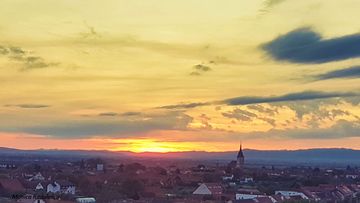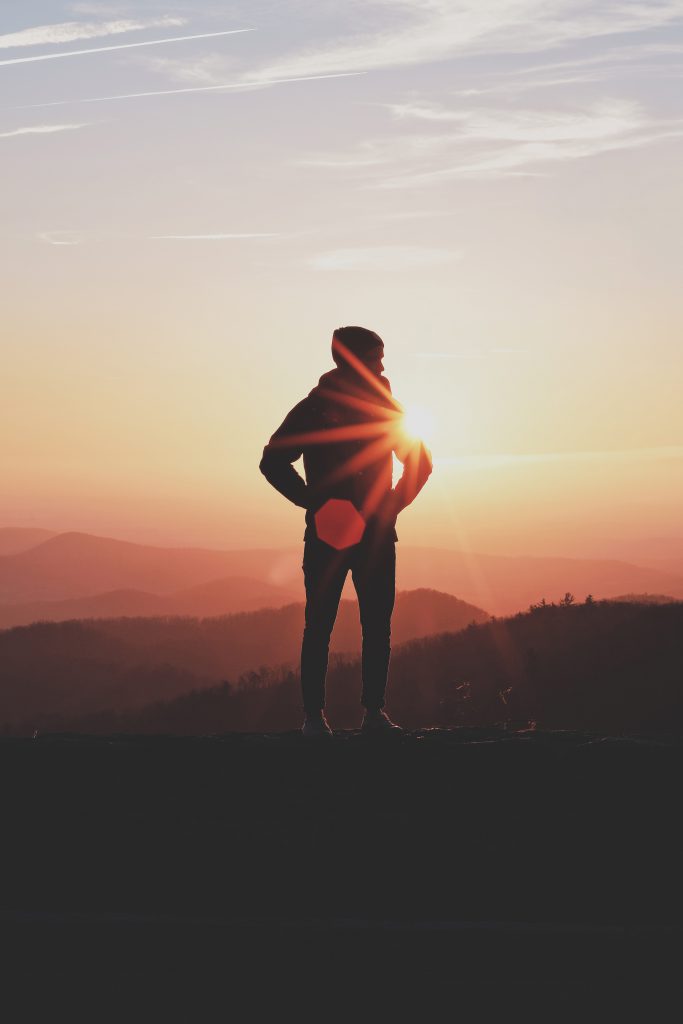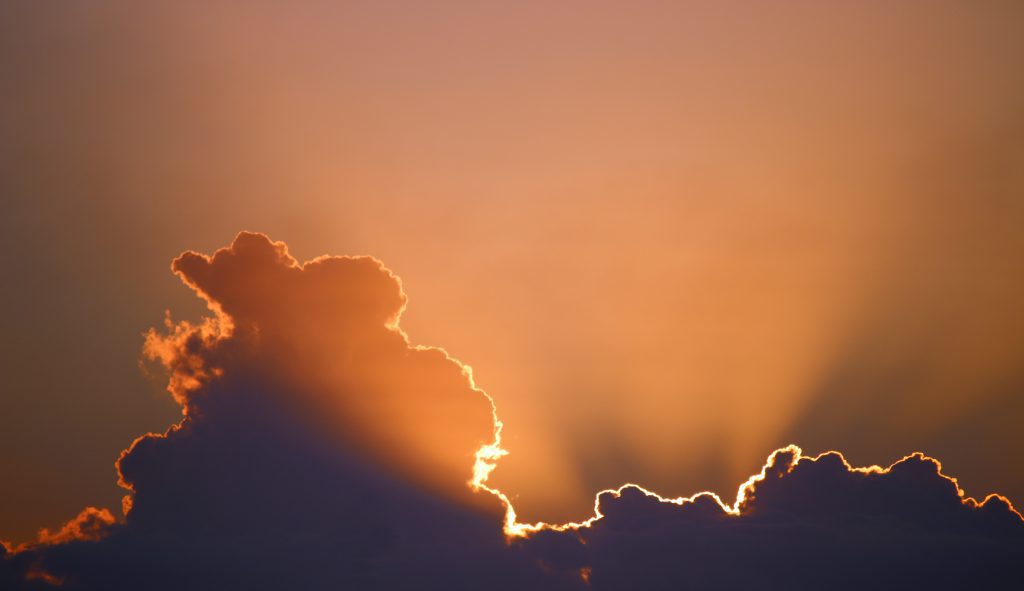Taking sunrise and sunset photos is common practice for photographers whether they prefer nature, portrait, street, travel, or wedding photography. The sky has amazing colors and provides an incredible background. Moreover, the sunrise and sunset light flatters the skin, creates a romantic atmosphere, and reflects on the entire scene.
The first hour after sunrise and the last hour before sunset are referred to as the golden hour. Some say it’s the best time for outdoor photography with natural light. But taking pictures at sunset and sunrise isn’t easy. You’ll have to shoot directly into the sun and in low lighting conditions. To avoid having noisy or blurred images, remember the following tips.
Use a tripod
Shooting in low lighting conditions requires higher ISO values and slower shutter speeds. This increases the risk of camera shakes and blurred images. A tripod is essential for stabilizing the camera and delivering sharp images. You can use a remote shutter release to avoid moving the camera during long exposures. In addition, a tripod can help you straight the horizon, create HDR images, and use the bracketing exposure technique.
Use the rule of thirds
If the sky is the main subject of your sunrise and sunset photos, reserve two-thirds of the image for it. If the main subject is in the foreground and the colored sky is the background, then reserve two-thirds of the image for the foreground. The rule of thirds states the main subject should be placed at thirds’ intersections. Even if the sun and the sky are your only subjects, don’t place them in the middle of the frame.

Expose for the highlights
When you shoot in high contrast conditions your camera’s dynamic range may be too short to correctly expose both shadows and highlights. During sunrise and sunset is better to expose for the highlights and catch the entire range of bright colors. The underexposed shadows can be transformed in silhouettes.
Pay attention to exposure during the entire photo session. During sunrise and sunset lighting conditions are continuously changing and you have to adjust the exposure to keep up with the changes.
Use the sunburst effect
The sunburst effect is a technique of photographing sun rays. Position yourself in such a way that the sun is in front of the camera and partial covered by an object. During the golden hour, sunlight isn’t too bright and you can achieve outstanding effects. The warm colors of the light increase the effect’s quality.

Photo by Bryan Minear on Unsplash
Preserve natural colors
Sunrise and sunset are great opportunities to photograph colorful sceneries. In addition, many image editors offer filters that enhance colors or add golden hour effects. Don’t overdo it and preserve the beauty of natural colors. Don’t transform a natural landscape into a fantasy world. Sunrise and sunset photos are spectacular precisely because they show the greatness of nature.

Photo by Marcus Dall Col on Unsplash
Go out and enjoy taking some Sunrise and Sunset Photos armed with your new knowledge!

